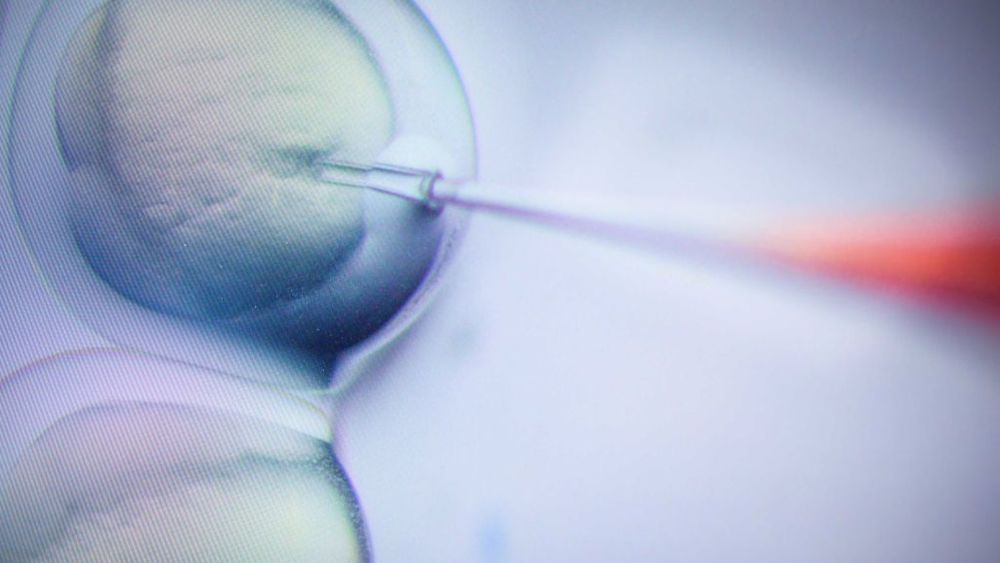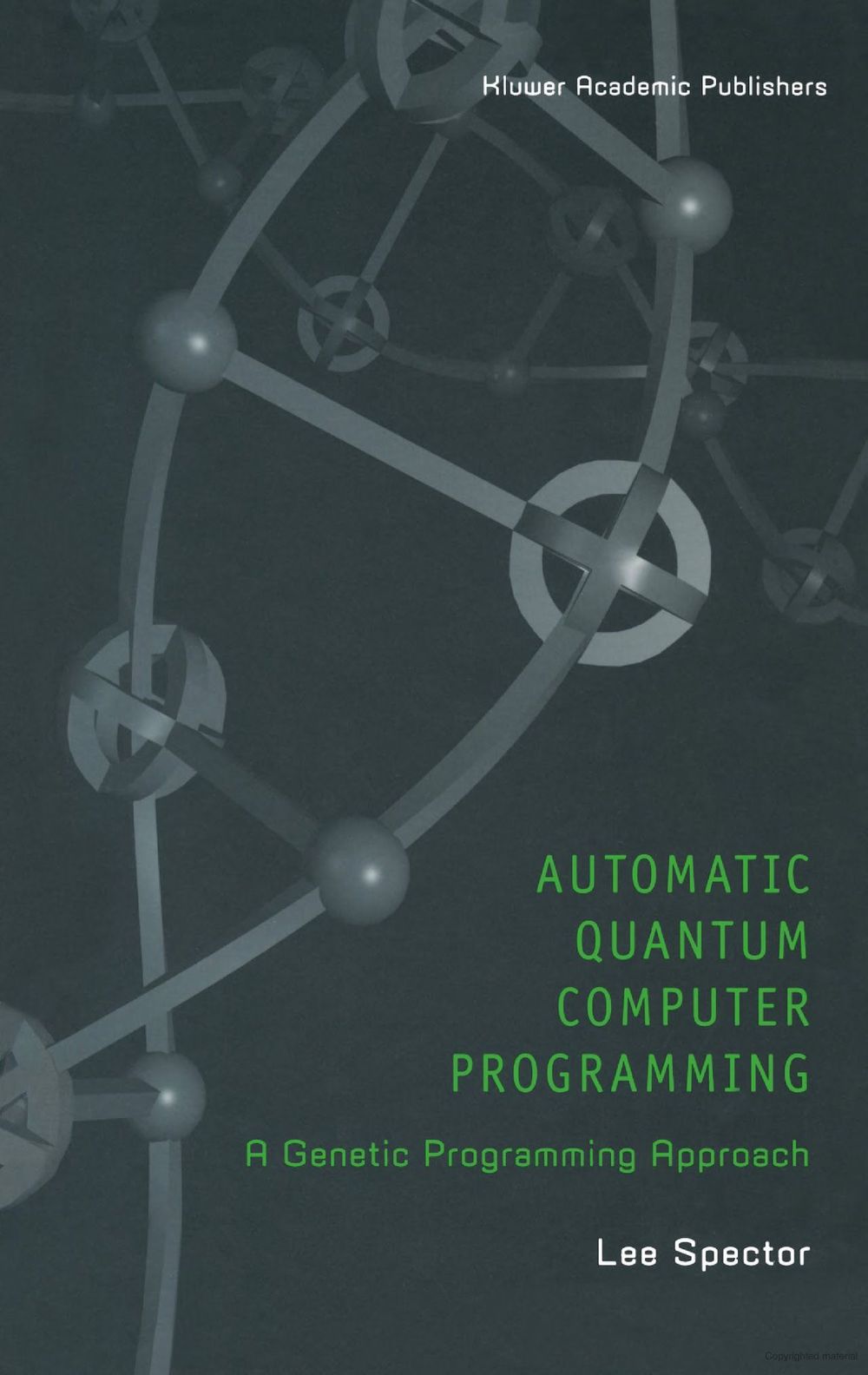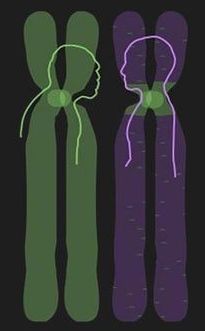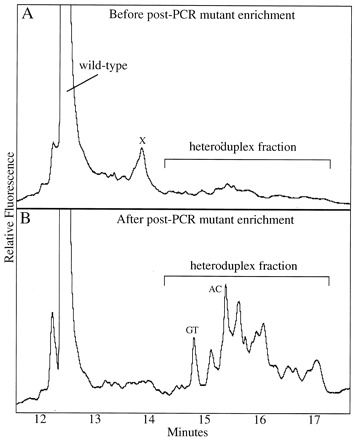Jun 23, 2019
Japanese sign up for DNA matchmaking as country faces demographic crisis
Posted by Genevieve Klien in categories: biotech/medical, genetics
The scene resembles a typical blind speed-dating event: 13 women and 13 men, seated on either side of a bamboo screen in an upmarket Tokyo restaurant, are chatting in pairs on a strictly timed three-minute rotation.
But the doctor hovering on the fringes and the scientific documents held in the participant’s hands, however, offer a hint that this is no ordinary dating event: for everyone attending has undergone a DNA test in a bid to find their best romantic match.
Welcome to the world of DNA matchmaking. Forget hobbies, professions, ages or nose sizes: one critical new criteria for finding the perfect partner was recently added to Japan’s fast-paced dating world, with the launch of a new service that promises to find love based on genetic compatibility.


















